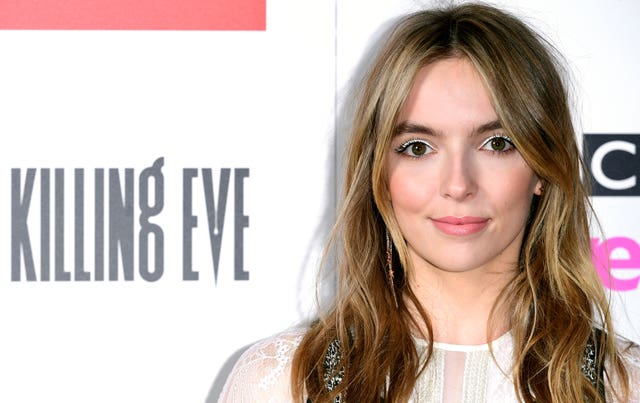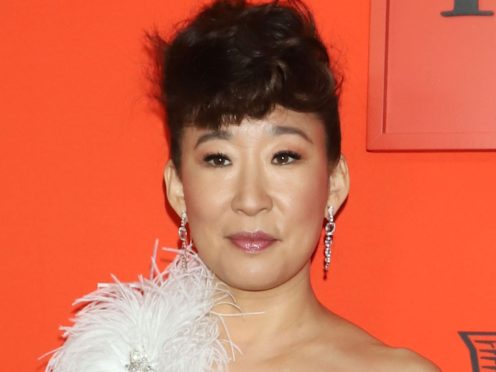Sandra Oh has said Killing Eve steps outside the “white male psyche” of other shows.
The star claims that the hit series accurately depicts female psychology and is subtle in its treatment of complex relationships between women.
Oh, who battles with Jodie Comer’s Villanelle in the BBC show, has said this approach makes it different from other works in the spy genre.

Killing Eve is returning to UK screens with a new series after the award-winning success of Phoebe Waller-Bridge’s first instalment.
With a different writing team, Oh believes the second series maintains its grip on intriguing psychology of its female characters.
Speaking to Radio Times magazine, Oh said: “The focus is unabashedly about the relationship and the psyche of these two female characters.
“There are plenty of shows where there are two women running around doing things. But the focus of this show – how much our characters are involved with each other in a deeply psychological way – is what’s different.

“We’ve been investigating and living in the white, male psyche, and suddenly, when something else pops up, you think, ‘Wait, that feels more like me.’”
Oh and Comer have said that they pulled back from moments of intimacy written into the script, and maintained their distance when their duelling characters finally ended up in bed together.
Comer said: “We were rehearsing it, and it was like, ‘This is too much, it’s wrong.’ So there was pull-back.
“The audience might want it, but you can’t always give them what they want.”
The full interview can be read in Radio Times magazine, out today.
